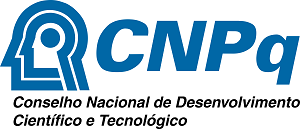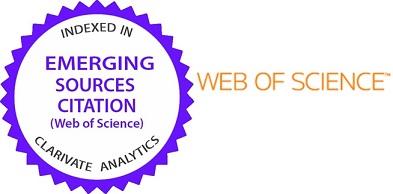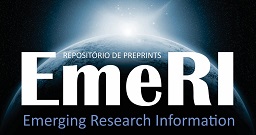tamanhoFont
Enviar Submissão
idiomas
Informações
Palavras-chave
Apoio financeiro
Apoio Financeiro

signatario
Artigos mais lidos
-
1854
-
1633
-
1558
-
1190
-
1140
-
1137
-
1136
-
1128
-
1097
-
1096
-
1068
-
1038
-
Desvelando as relações raciais nas práticas pedagógicas: uma leitura decolonial do cotidiano escolar1030
-
1020
-
1003
-
959
-
957
-
884
-
810
-
807
Revista Educação & Formação
e-ISSN: 2448-3583 | Prefixo DOI: 10.25053 Universidade Estadual do Ceará – UECE
Av. Dr. Silas Munguba, 1700 - Campus do Itaperi
Fortaleza - CE, CEP: 60714-242
A Revista Educação & Formação está licenciada com Creative Commons - Atribuição 4.0 Internacional.














